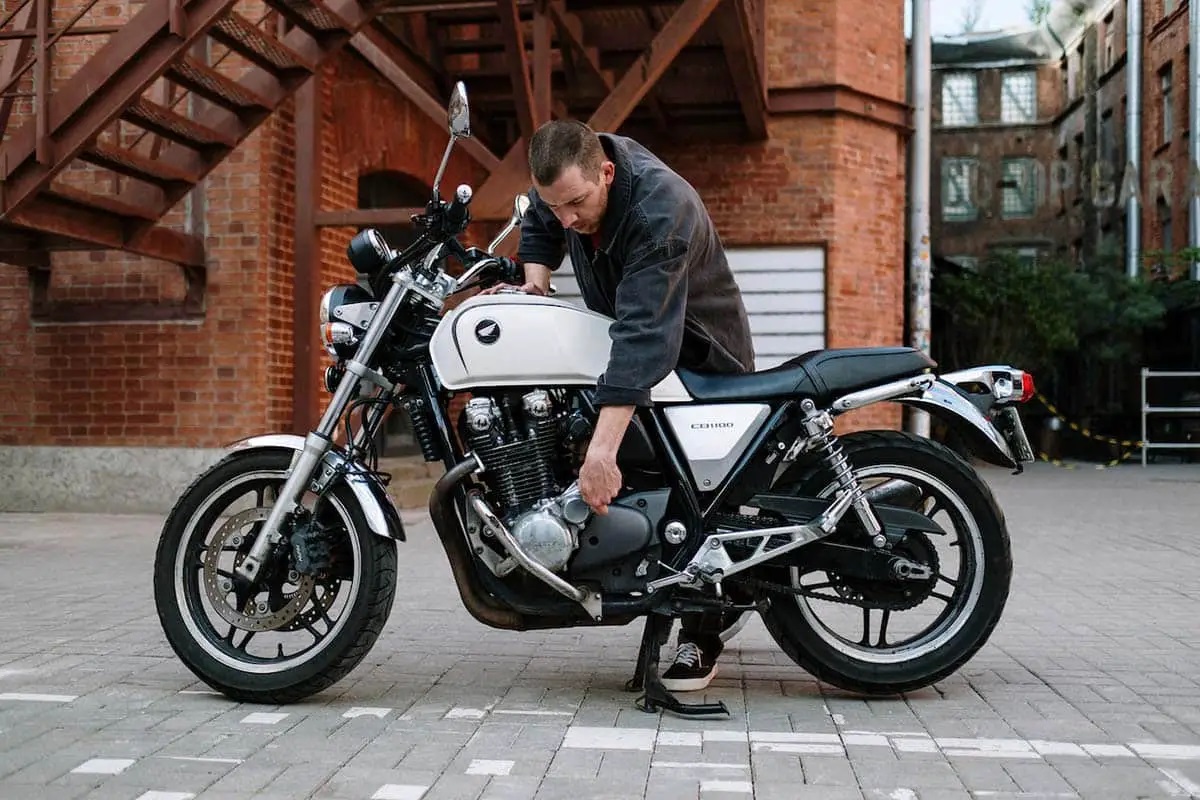

Articles
How To Store A Motorcycle Outside
Modified: October 27, 2024
Learn how to effectively store your motorcycle outside with these helpful articles. Protect your bike from the elements and extend its lifespan.
(Many of the links in this article redirect to a specific reviewed product. Your purchase of these products through affiliate links helps to generate commission for Storables.com, at no extra cost. Learn more)
Introduction
Storing a motorcycle outside can be a convenient solution for riders who have limited garage space or who need to park their bike in a secure location. However, it’s essential to take the necessary precautions to protect your motorcycle from the elements and potential theft.
In this article, we will explore the key steps to follow when storing a motorcycle outside. From choosing the right location to maintaining regular inspections, we will provide you with expert tips to ensure your bike remains in optimal condition throughout the storage period.
Whether you’re preparing for the winter months or simply need a safe spot to store your motorcycle temporarily, this guide will equip you with the tools and knowledge to protect your ride. Let’s get started!
Key Takeaways:
- Choose a well-lit, secure location with a waterproof cover to protect your motorcycle from theft and the elements when storing it outside. Regular maintenance and inspections are crucial to keeping your bike in optimal condition.
- Invest in high-quality locks, alarm systems, and visible deterrents to secure your motorcycle from theft. Regularly check the bike’s condition and implement proactive security measures for peace of mind.
Read more: How To Store A Motorcycle In A Garage
Choosing the Right Location
When selecting a location to store your motorcycle outside, it’s important to consider several factors to ensure its safety and well-being.
First and foremost, look for a spot that is well-lit and has a surveillance camera or is within view of your residence. This deters potential thieves and increases the chances of catching any suspicious activity. If possible, choose a location that is frequented by people or is within a gated community.
Next, consider the surface on which you’ll be parking your motorcycle. Ideally, opt for a solid, level ground to prevent the bike from tipping over. Avoid parking on grass or gravel, as these surfaces can weaken the bike’s stability or, worse, lead to sinking in wet conditions.
Additionally, think about the climate and weather conditions in your area. If you live in an area with harsh winters or frequent rainfall, try to find a location that provides some shelter from the elements. This can include a carport, a covered parking spot, or an area nestled between buildings that provide natural protection against wind and precipitation.
Lastly, be considerate of your neighbors and local regulations. Make sure the chosen spot doesn’t obstruct walkways, driveways, or cause any inconvenience to others. If you’re unsure about regulations or restrictions, consult your local homeowners’ association or municipality for guidance.
By carefully assessing these factors, you can secure the ideal location to store your motorcycle outside, providing both convenience and peace of mind.
Covering the Motorcycle
One of the essential steps in storing a motorcycle outside is to properly cover it. A good-quality motorcycle cover acts as a protective barrier against dust, debris, sunlight, and other elements that can cause damage over time.
When choosing a cover, opt for one made specifically for motorcycles to ensure a snug fit and proper protection. Look for covers that are made from durable, waterproof materials to shield your bike from rain and snow. Additionally, consider a cover with UV protection to prevent fading and damage from prolonged exposure to sunlight.
Prior to placing the cover over your motorcycle, it’s crucial to clean and dry the bike thoroughly. Remove any dirt, grease, or residue that may have accumulated, as this can cause scratches or corrosion when trapped under the cover.
Once the bike is clean and dry, carefully drape the cover over it, ensuring that it reaches all the way to the ground. A cover that is too short may leave parts of the motorcycle exposed, rendering it vulnerable to the elements. Secure the cover to prevent it from being blown away by strong winds by using elastic cords, straps, or clips.
While a cover is an effective protective measure, it’s important to periodically remove it and inspect the bike. Moisture can accumulate underneath the cover, leading to mold, rust, or damage to the paintwork. Regularly check for any signs of condensation or moisture build-up, and address any issues promptly.
By investing in a high-quality cover and properly maintaining it, you can ensure that your motorcycle remains protected and in excellent condition while stored outside.
Protecting from the Elements
When storing a motorcycle outside, it’s crucial to protect it from the elements. Exposure to rain, snow, sunlight, and extreme temperatures can cause significant damage to your bike over time. Here are some tips to safeguard your motorcycle:
1. Rain and Snow: As mentioned earlier, a waterproof cover plays a vital role in shielding your motorcycle from rain and snow. However, if you live in an area with heavy precipitation, consider using additional protection. For instance, you can place a tarp or plastic sheet underneath the motorcycle cover to prevent any water from seeping through.
2. Sunlight: Prolonged exposure to sunlight can cause fading, cracking, and deterioration of your motorcycle’s paint, seat, and other exterior components. Whenever possible, park your bike in a shaded area or use a reflective motorcycle cover to minimize the impact of UV rays. Additionally, applying a UV protectant or wax to the paintwork can help preserve its shine and luster.
3. Extreme Temperatures: Fluctuations in temperature can affect various parts of your motorcycle, such as the battery, tires, and fluids. If you live in an area with extreme heat or cold, consider using a battery tender or maintainer to keep the battery charged during storage. Additionally, periodically inspect the tire pressure and ensure it remains within the recommended range. And if temperatures drop below freezing, use antifreeze to protect the engine coolant from freezing and causing damage.
4. Wind and Debris: Strong winds can carry debris that can scratch or damage your motorcycle’s surface. If possible, park your bike in a location that provides natural wind barriers, such as between buildings or behind a fence. Avoid parking under trees or near areas with loose debris that can potentially damage your bike during windy conditions.
Remember, while these protective measures can significantly reduce the risk of damage, it’s always best to regularly inspect your motorcycle during storage. Checking for any signs of wear, water accumulation, or other issues allows you to address them promptly and prevent any long-term damage.
Consider using a breathable motorcycle cover to protect your bike from the elements while allowing moisture to escape. This will help prevent rust and corrosion.
Locking and Securing the Motorcycle
Ensuring the security of your motorcycle when storing it outside is paramount. By taking proper precautions, you can minimize the risk of theft and unauthorized access. Here are some essential tips for locking and securing your motorcycle:
1. Quality Locks and Chains: Invest in high-quality locks and chains specifically designed for motorcycles. Look for locks made from hardened steel, as they are more resistant to cutting and tampering. Choose a chain that is thick and sturdy, capable of resisting bolt cutters. Secure the chain around the frame or other immovable objects, such as a sturdy pole or ground anchor.
2. Secure Parking: Whenever possible, park your motorcycle in a well-lit and highly visible location. Opt for areas with surveillance cameras or within view of your residence. Avoid dark and secluded spots that provide cover for thieves to operate unnoticed.
3. Alarm Systems: Install an alarm system on your motorcycle. These systems can deter thieves and alert you or others nearby in case of any unauthorized attempts to move or tamper with your bike. Look for alarm systems with loud sirens and motion sensors for optimal protection.
4. Wheel Locks and Disc Locks: Consider using wheel locks or disc locks as an additional layer of security. These locks prevent the wheels or disc brakes from rotating, making it challenging for thieves to push or ride away with your motorcycle. Combine these locks with other security measures for maximum protection.
5. Security Markings: Engrave your motorcycle’s Vehicle Identification Number (VIN) on various parts of the bike or use other security markings. This makes it more challenging for thieves to sell your bike’s parts and can aid in recovery if it is stolen. Additionally, consider using visible deterrents, such as stickers or labels, indicating that your motorcycle is protected by an alarm system or tracking device.
6. Regular Check-Ins: Whenever feasible, periodically check on your stored motorcycle to ensure it remains safe and secure. Even if you have taken all the necessary precautions, it’s essential to stay vigilant and address any vulnerabilities or issues promptly.
By following these security measures, you can significantly reduce the risk of theft and increase the overall protection of your motorcycle when stored outside. Remember, a proactive approach to security goes a long way in preserving the integrity of your prized possession.
Read more: How To Store Motorcycle Helmet
Regular Maintenance and Inspections
Even when storing a motorcycle outside, regular maintenance and inspections are crucial to keeping it in optimal condition. Here are some key maintenance tasks to consider:
1. Battery Maintenance: A motorcycle battery can lose its charge over time, especially during long periods of storage. To prevent a dead battery, consider using a battery tender or trickle charger to maintain the charge. These devices provide a low, constant charge to keep the battery healthy throughout the storage period.
2. Fluid Checks: Check the levels of essential fluids like oil, coolant, and brake fluid before storing your motorcycle. If necessary, top up any fluids to ensure they remain at the recommended levels. This helps prevent corrosion and contamination while the bike is dormant.
3. Tire Care: Inspect the tire pressure regularly and ensure it remains within the manufacturer’s recommended range. Underinflated or overinflated tires can lead to uneven wear, affecting the bike’s handling and safety. Additionally, if possible, rotate the tires periodically to prevent flat spots. Pumping up the tires to the maximum recommended pressure can also help minimize flat spotting during storage.
4. Lubrication: Apply a light coat of lubricant to the motorcycle’s chain to prevent rust and keep it properly lubricated. This ensures smooth operation and extends the lifespan of the chain. Additionally, lubricate any other moving parts, such as the throttle cables and brake pivots, to prevent rust and maintain optimal functionality.
5. Cleanliness: Regularly remove any dust, dirt, or debris that may have accumulated on the motorcycle. Use a soft cloth or sponge with mild soap and water to gently clean the bike’s surface. Avoid using harsh chemicals or abrasive cleaners that can damage the paint or other materials.
6. Inspection: Periodically inspect the overall condition of your motorcycle during storage. Look for signs of rust, corrosion, or any anomalies in the paintwork. Check for loose or damaged parts and address them promptly. Inspect the cover for any signs of moisture build-up or damage, ensuring that it remains in good condition and adequately protecting the bike.
By regularly performing these maintenance tasks and inspections, you can address any potential issues before they turn into major problems. Keeping your motorcycle in top shape during storage ensures a smoother transition when it’s time to hit the road again.
Conclusion
Storing a motorcycle outside requires careful consideration and proper maintenance to ensure its safety and optimal condition. By choosing the right location, covering the motorcycle with a high-quality cover, protecting it from the elements, and implementing security measures, you can effectively safeguard your bike from damage and theft.
Remember to regularly inspect and maintain your motorcycle during storage. Attend to battery maintenance, check fluid levels, and ensure tires are properly inflated. Keep the bike clean, lubricated, and free from debris. By taking these steps, you can prolong the lifespan of your motorcycle and ensure it is in excellent shape when you’re ready to ride again.
While storing a motorcycle outside may present some challenges, with proper precautions and proactive care, you can confidently keep your bike secure and protected. Always prioritize safety and security measures and seek professional advice if needed. Remember, by investing time and effort into storing your motorcycle properly, you can enjoy peace of mind and a well-preserved ride for years to come.
Frequently Asked Questions about How To Store A Motorcycle Outside
Was this page helpful?
At Storables.com, we guarantee accurate and reliable information. Our content, validated by Expert Board Contributors, is crafted following stringent Editorial Policies. We're committed to providing you with well-researched, expert-backed insights for all your informational needs.
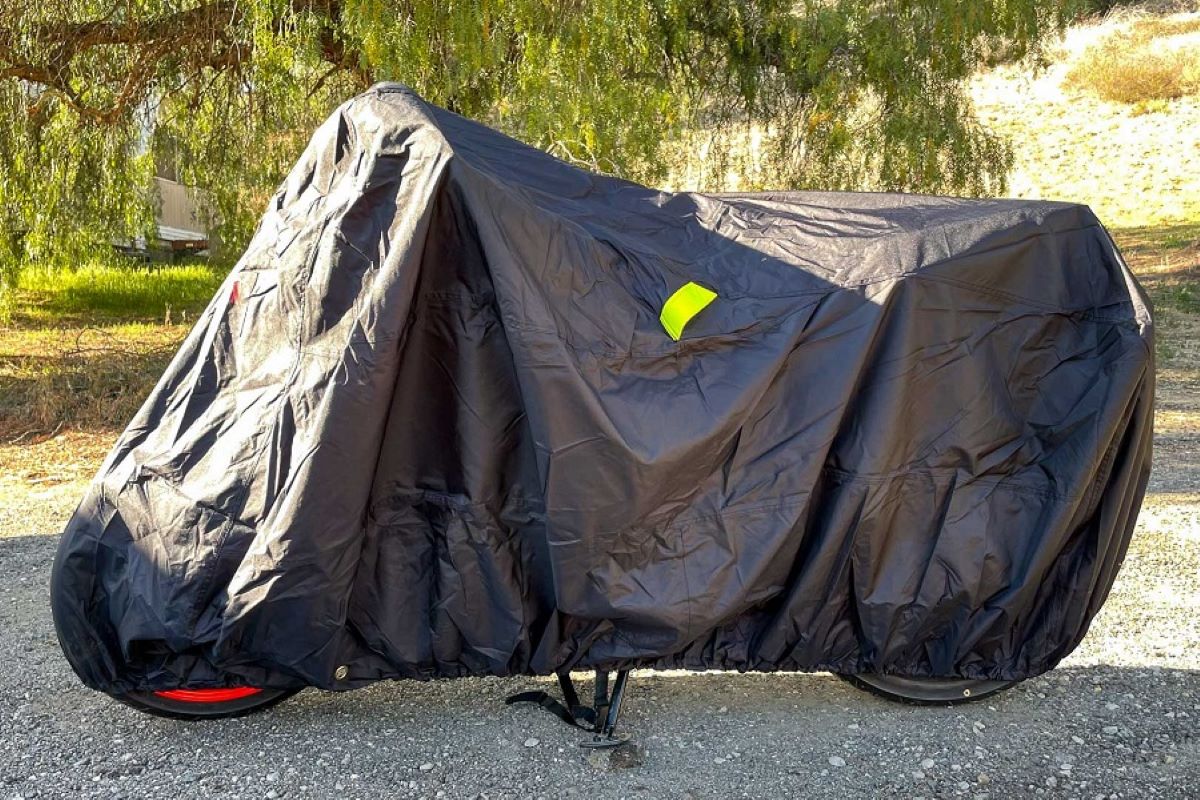
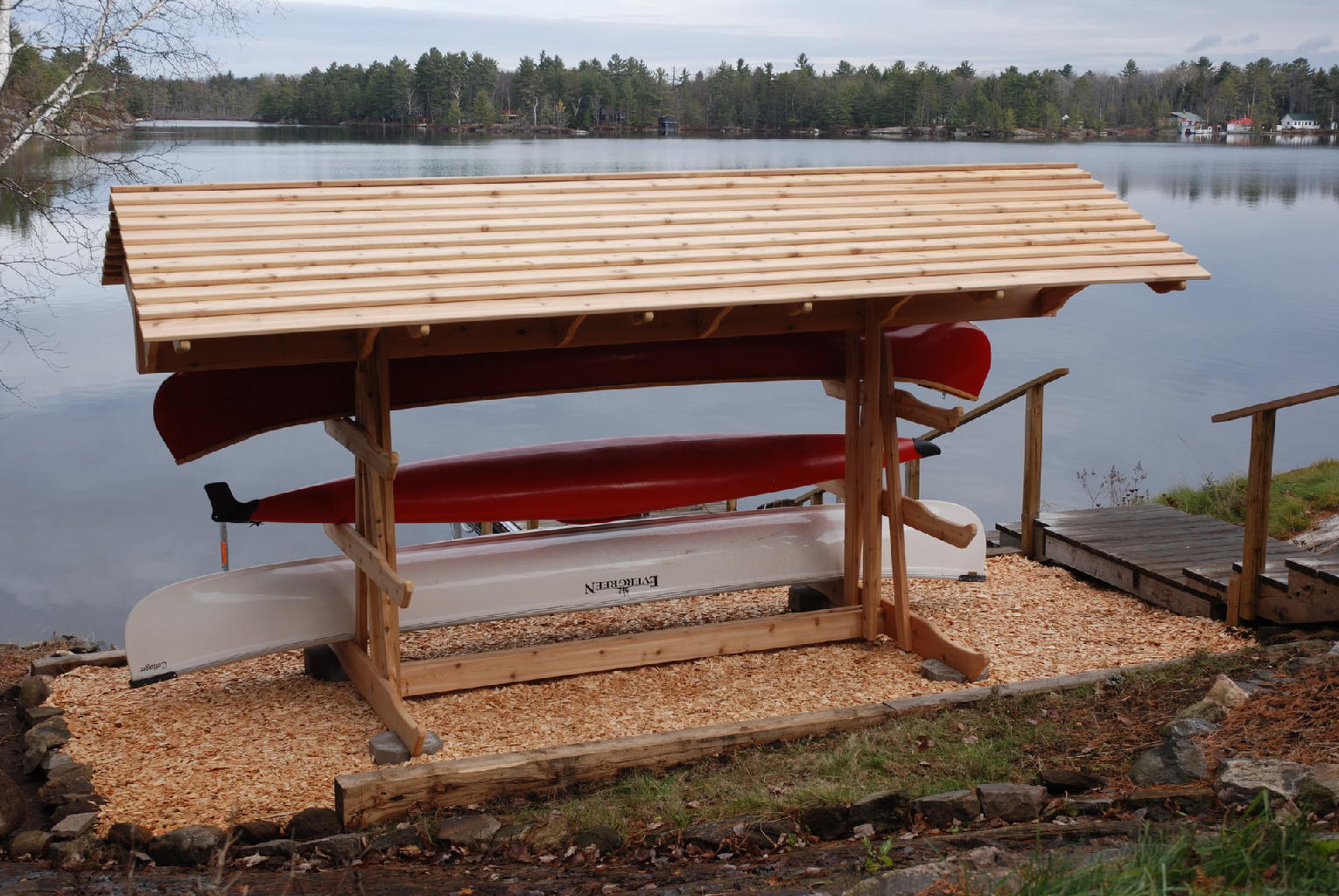
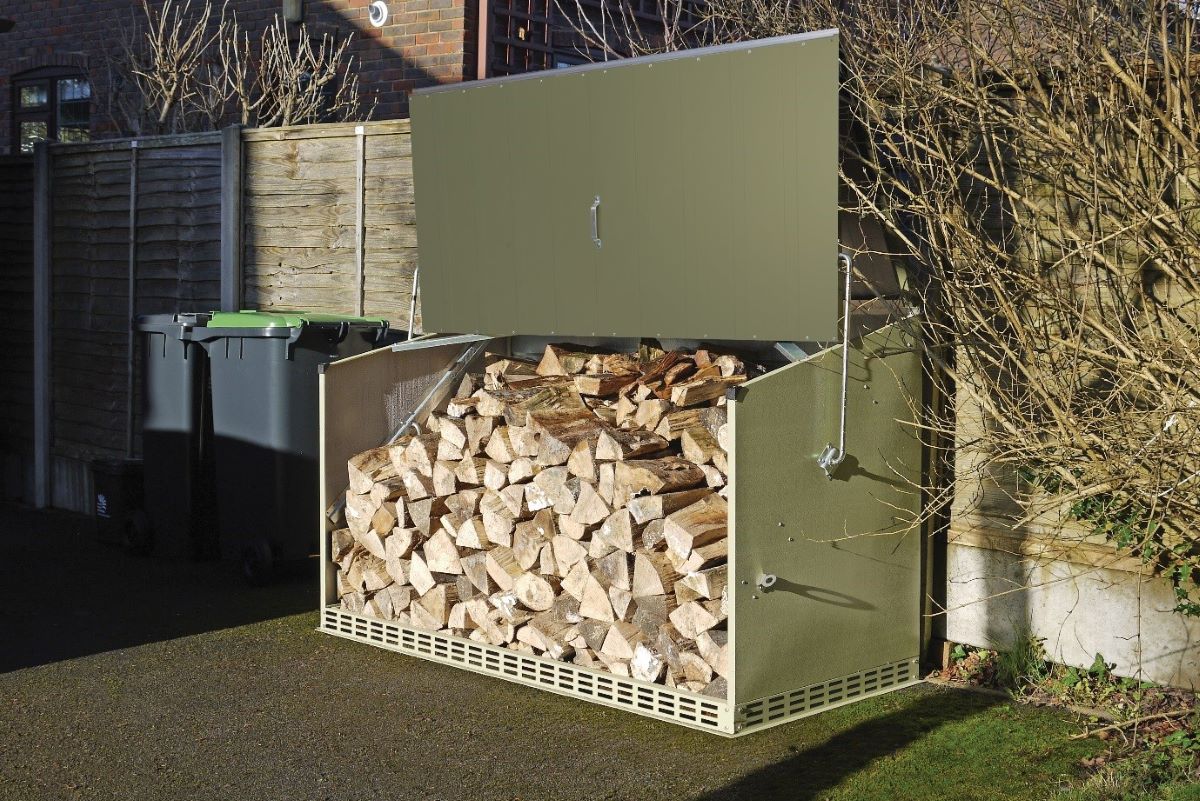
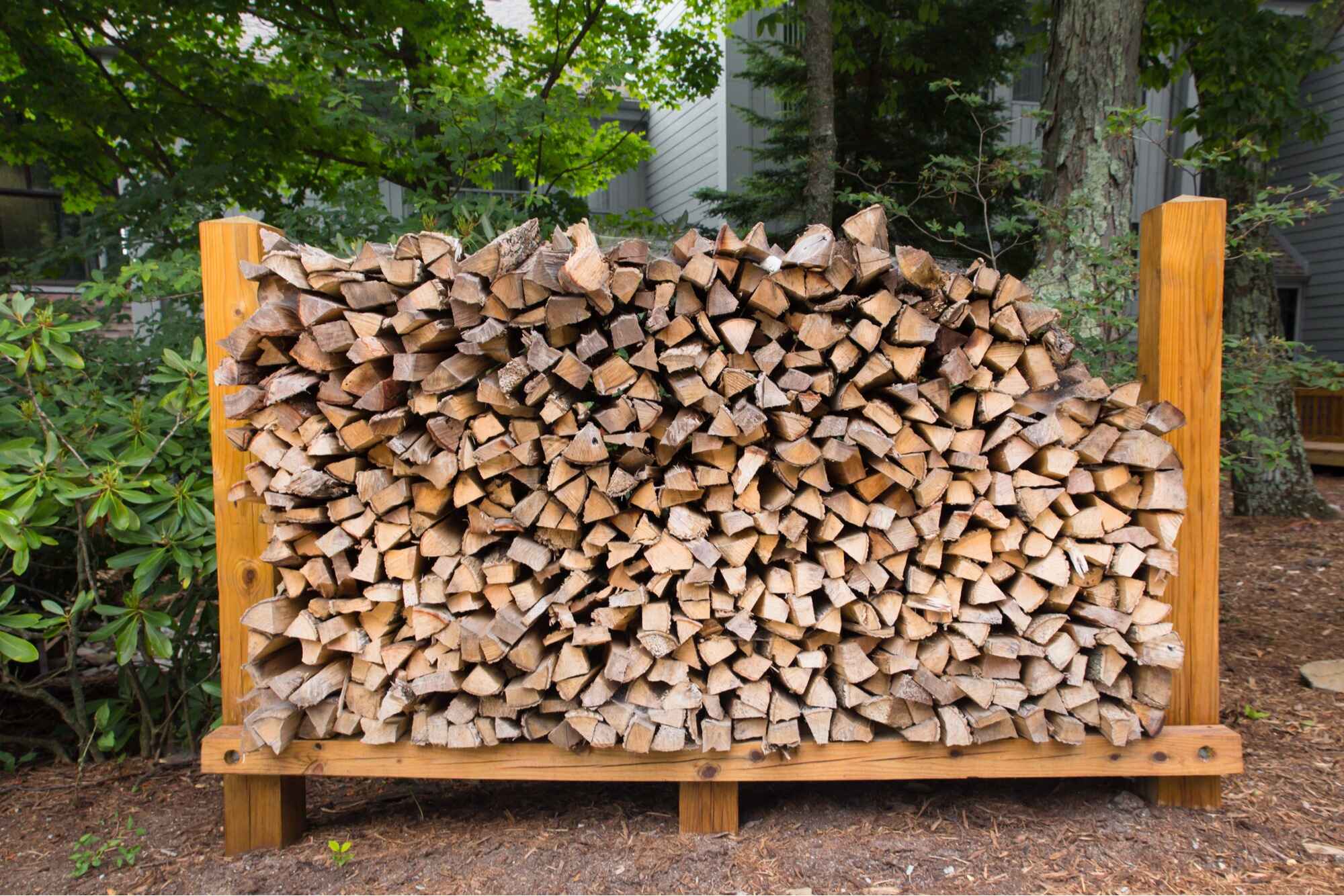
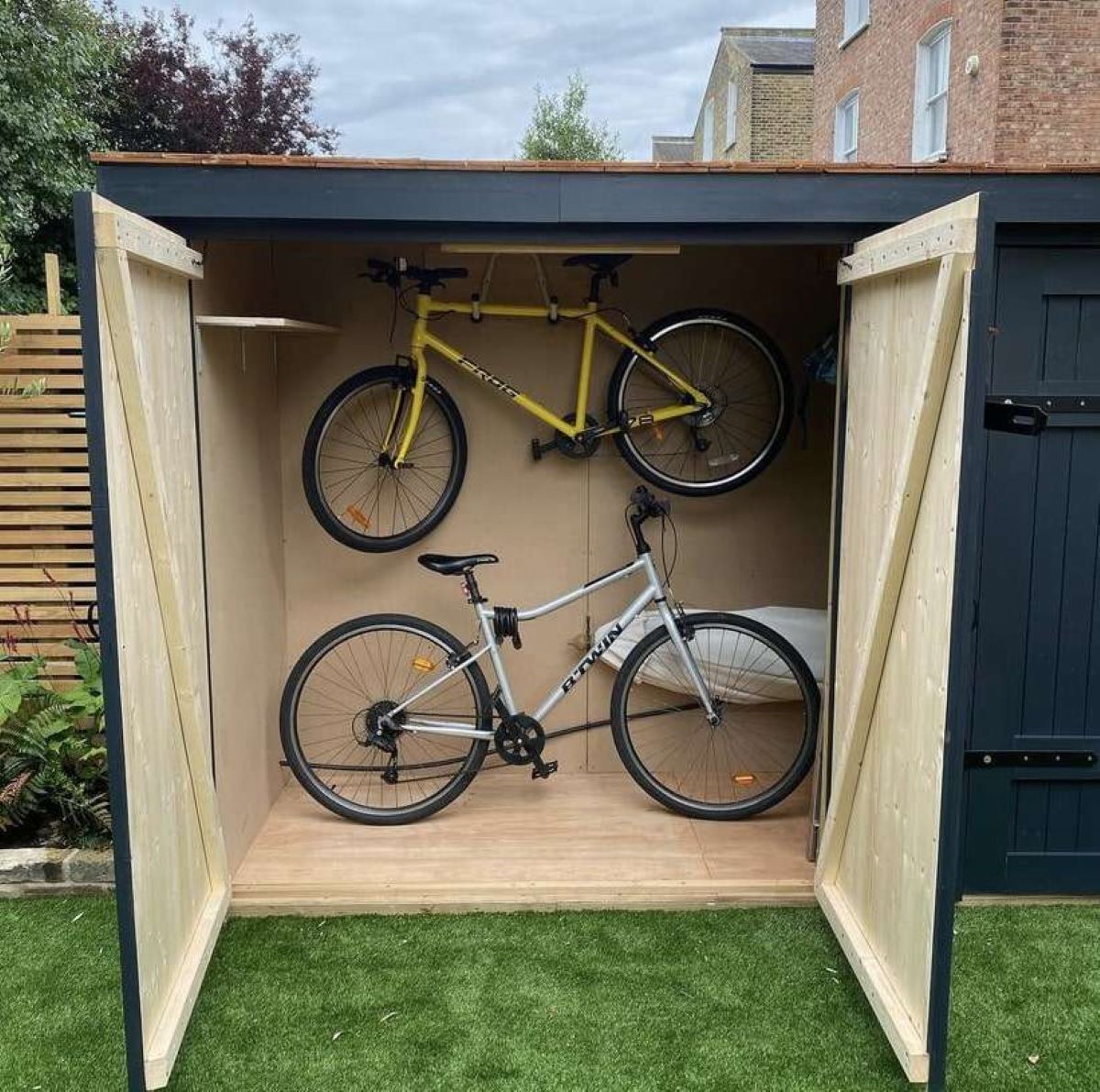
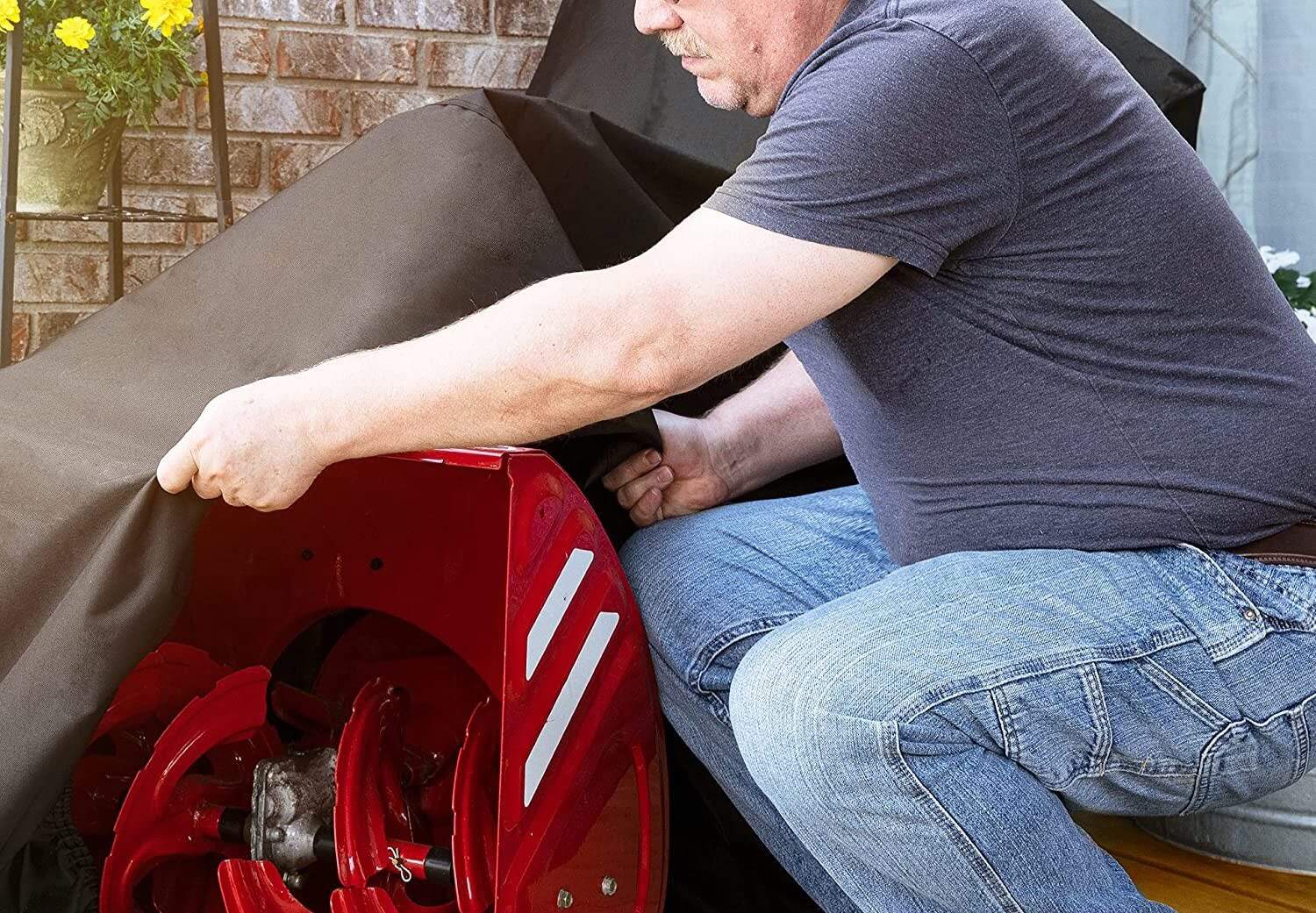
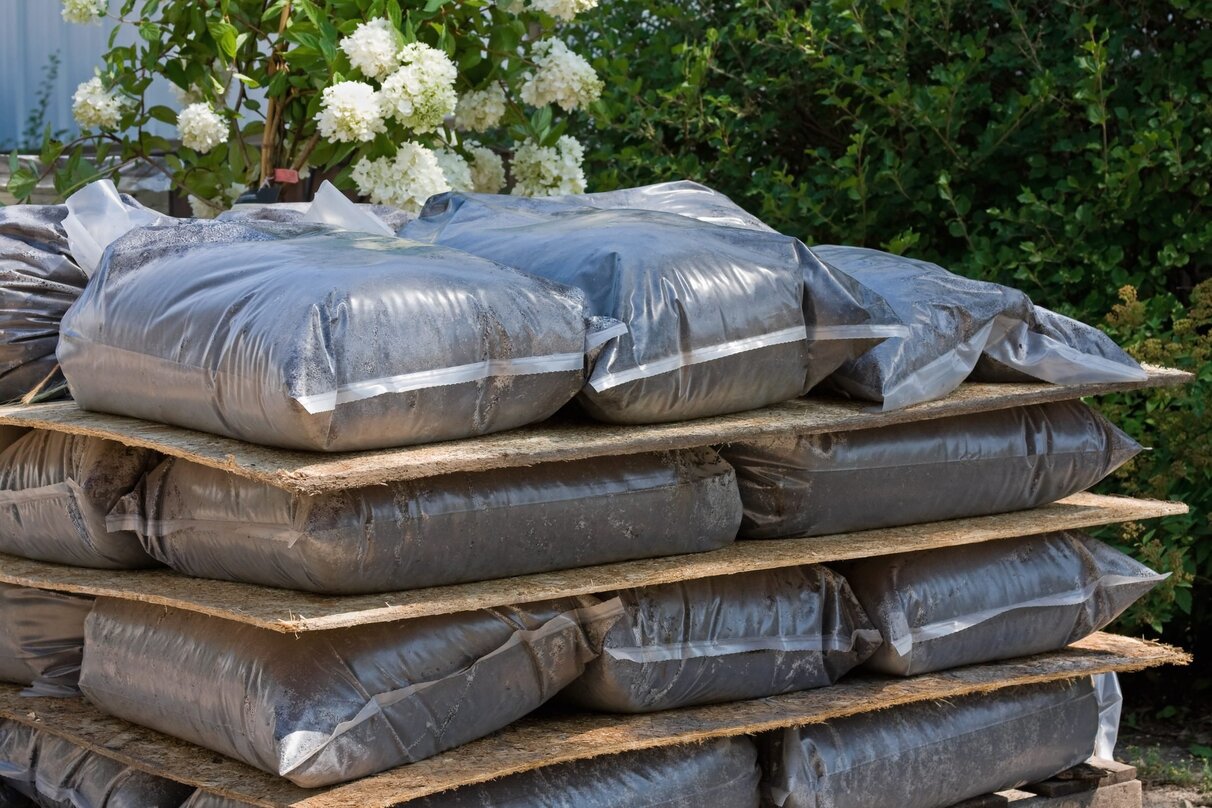
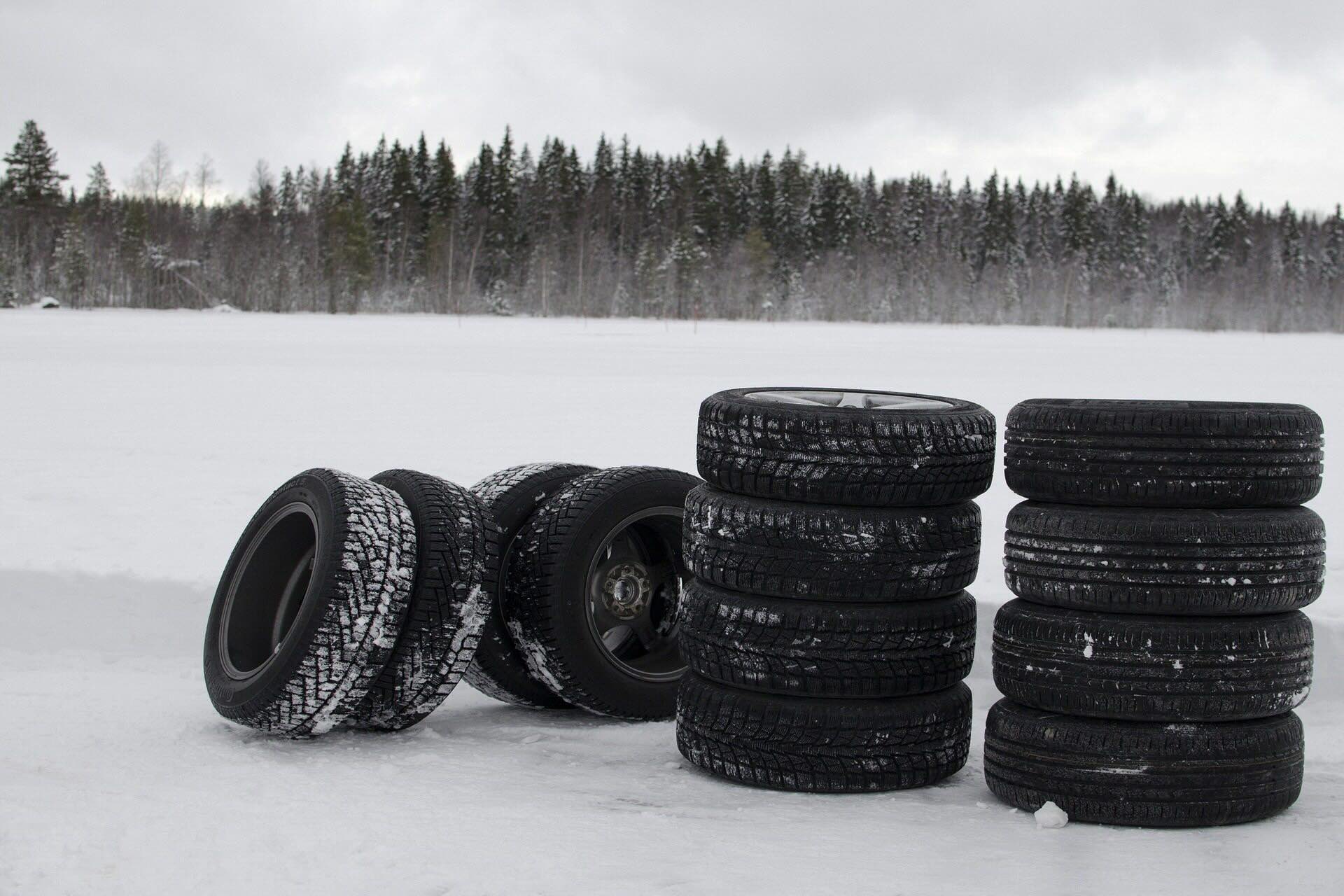
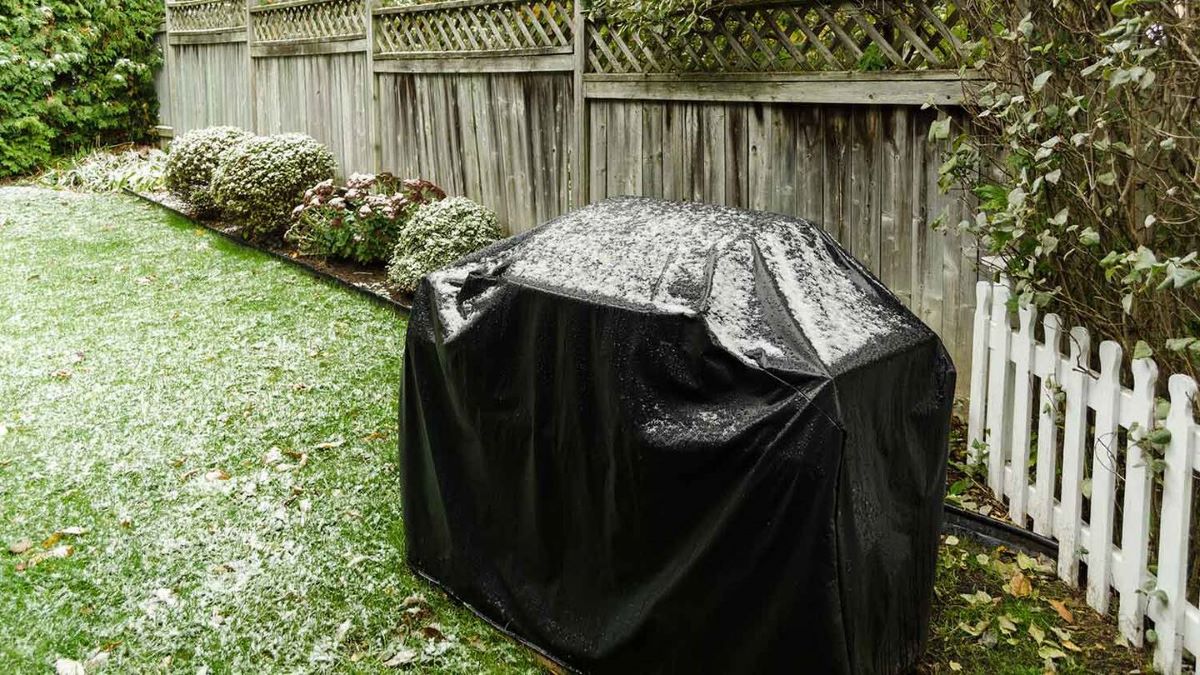
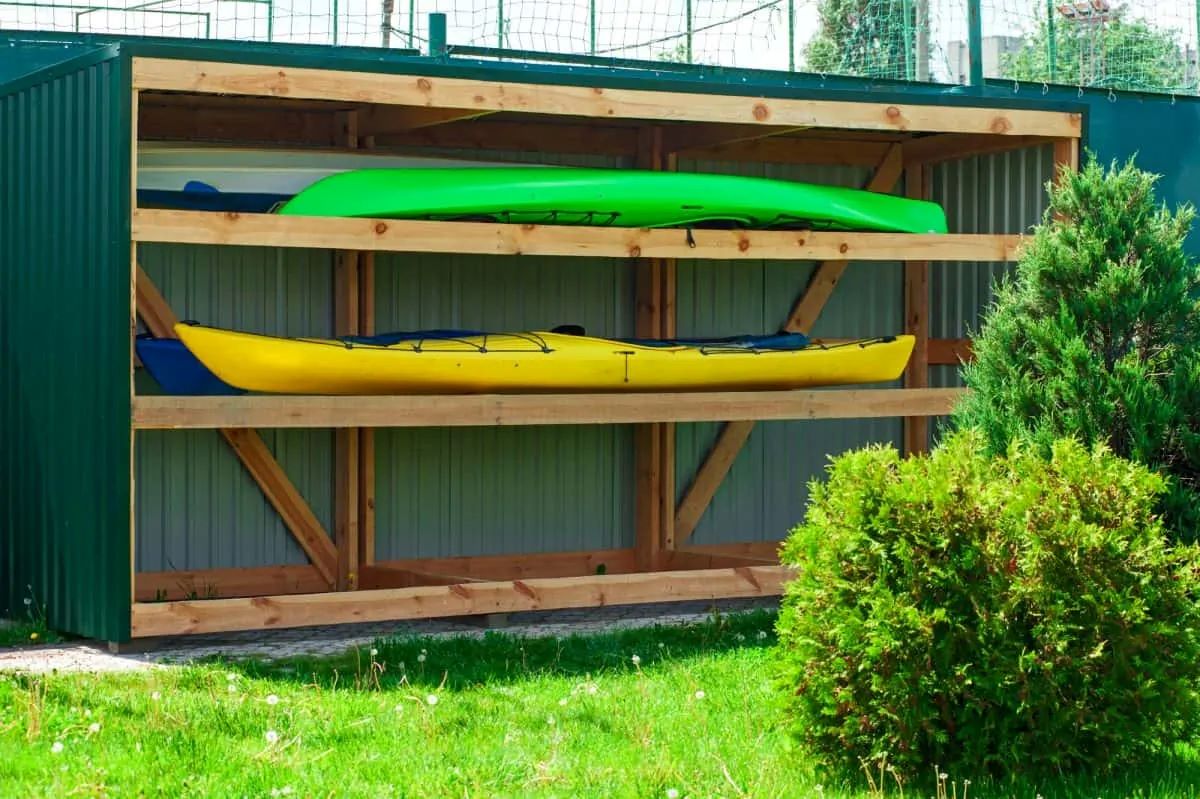
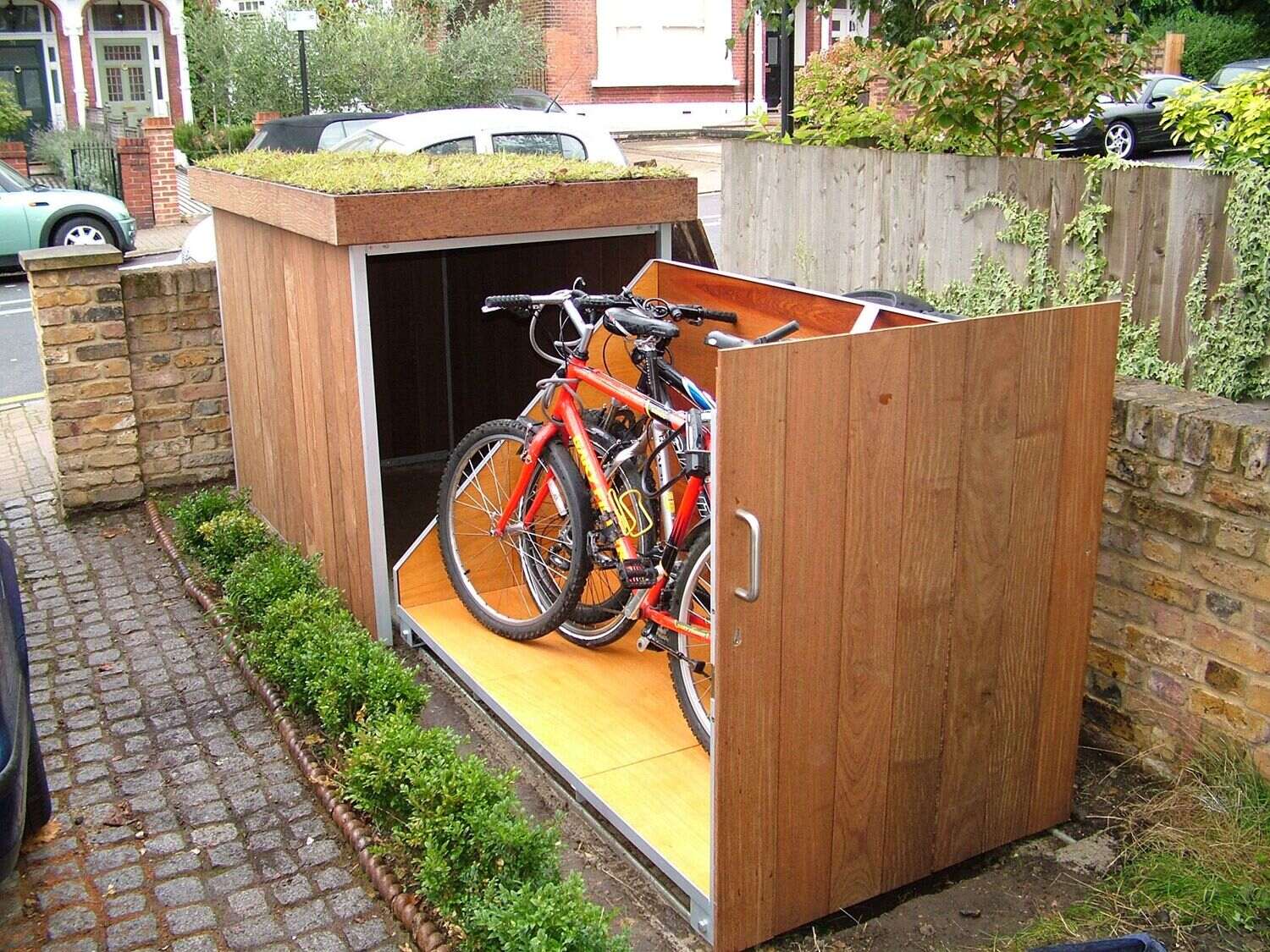
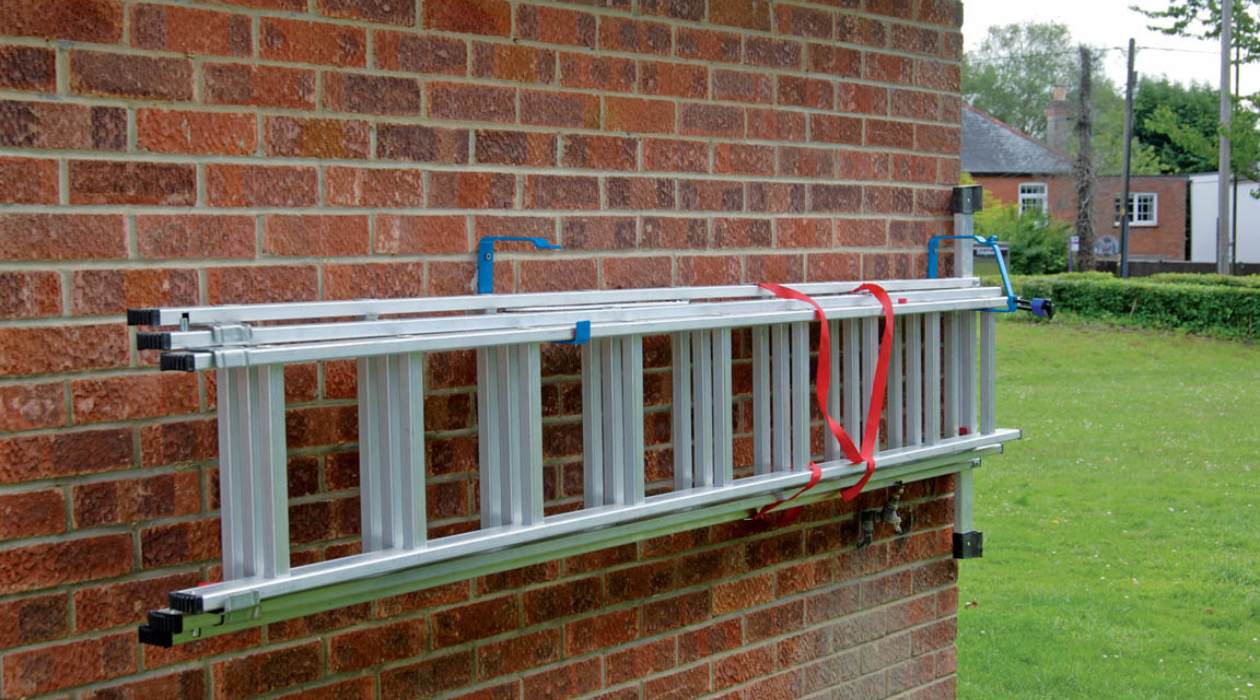



0 thoughts on “How To Store A Motorcycle Outside”